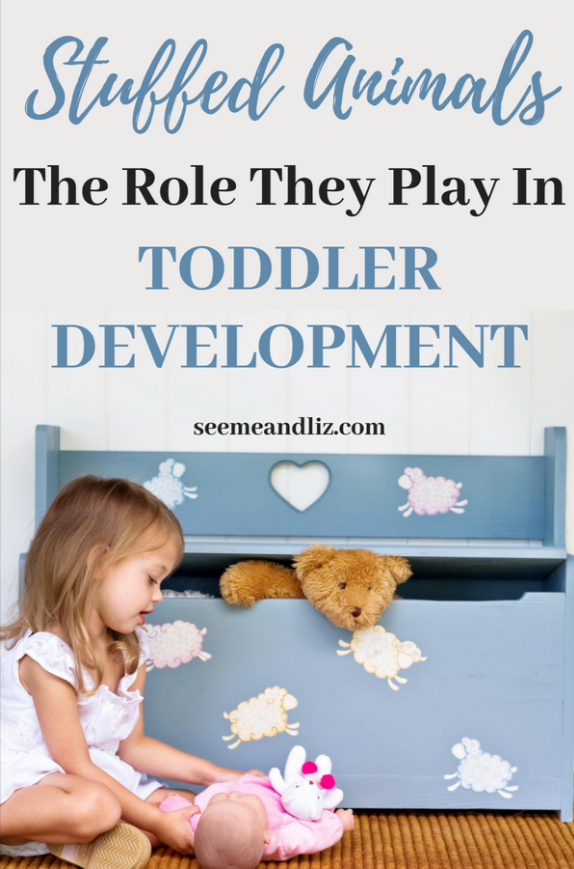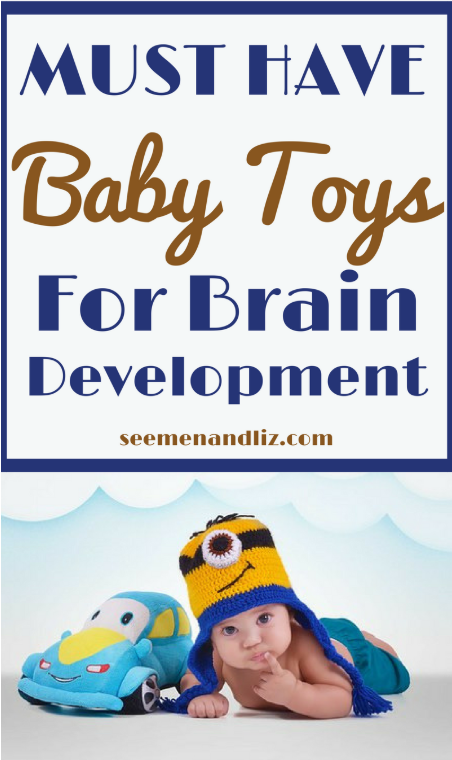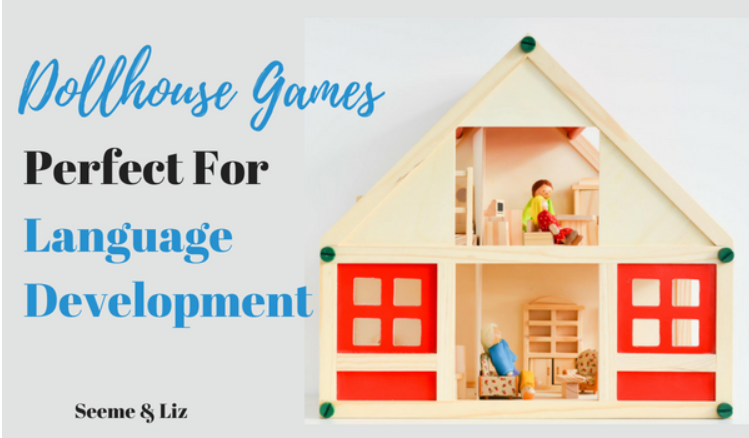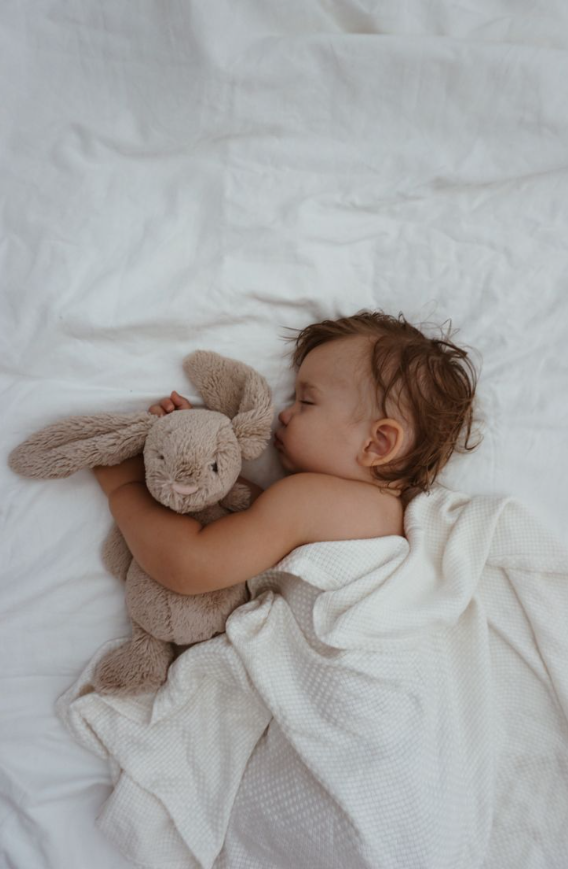Stuffed animals for toddlers are so much more than simply a special toy.
I have to start by saying that unfortunately not all children become obsessed with stuffed animals like my children have. Don’t worry, that is Ok.
There are days when I wish my children weren’t so infatuated with their “stuffies” as these toys have taken on lives of their own.
Now, if you do have a child who loves his “stuffy” you can really encourage some great pretend play which in turn promotes language development.
There are so many stuffed animals for toddlers out there that you are bound to find one that your child will absolutely love!
The Importance Of Stuffed Animals For Toddlers
Children and Routines
Recently I wrote about the importance of routines for infants and toddlers.
Our world revolves around routines. When children start engaging in pretend play, it is on a functional level.
They use objects in a way that they are meant to be used.
For example, a 2 year old may pretend to feed her stuffed animal with a spoon.
Take a look at this video of my daughter when she was about 26 months old. You can see that she is engaging in functional play.
She has put a sleeper on her stuffy “Liz” (aka Lizzy) as well as a diaper and is going through a diaper changing routine.
Her younger brother was about 4 months old at the time so she was very familiar with this routine.
Questions and Answers
You can hear my husband in the background asking our daughter questions.
Notice how he only asks one yes/no question (“is there anything in the diaper?”) and when he isn’t getting much out of her he asks more open ended questions to engage her more (i.e. “what’s in the diaper”, “now what are you doing with the diaper?”).
This just shows how much children learn from every day routines and when you engage your child in a routine that interests them their language blossoms.
My daughter is using 2-4 word phrases here which is right on track according to most ages and stages checklists.
Pretend Play
Stuffed animals are great for developing pretend play skills.
Toddlers and children can practice feeding, bathing, dressing, etc their stuffed animals.
Entire play scenarios can be put together with a stuffed animal and a few props (e.g. cup, spoon, cloth, bed, chair, plate, fork, bath tub, play food, etc.)
Social Emotional Development
Stuffed animals are also wonderful for practicing more subtle skills such as empathy.
My children often feel bad for their stuffed animals if they fall down or something “tragic” happens.
As children get older they often engage in role playing scenarios with their plush toys.
This is a great way to express emotions!
Language Skills
As your child’s vocabulary grows you may hear conversations between your child and a stuffy (one sided of course).
As a child plays with stuffed animals in a variety of make believe scenarios there will be many opportunities to learn new words, expand sentences, practice problem solving, etc.
This type of play typically starts closer to the age of 3.
In the meantime, if your child is not using many words, talk about what the plush toy is doing so that your little one is constantly hearing new words.
This will also reinforce words he may already be familiar with.
Children learn new vocabulary best when they can see the words being said. This is when stuffed animals come in handy!
Narrate what the plush toys are doing. For example, you could say something like “The bear is hungry, let’s give him a __ to eat”
If you feel your child is not using the amount of words expected for her age, don’t panic.
Use some of the tips on this site, especially if your child is under 18 months.
There is a lot that can happen with regards to language development in the first 2 years of life.
However, I urge you to contact a Speech-Language Pathologist if you have any concerns.
Wait lists to see a licensed Speech-Language Pathologist can be quite long so it is better to get your child’s name on there early.
If things improve you can always ask to have his name taken off. You can also look into private Speech-Language Pathologist’s if you feel that the wait list for a publicly funded one is too long.
Some insurance plans cover this service (or a portion of it).
Easy DIY No Sew Stuffed Animals!
Aren’t these sock stuffies adorable?
And you don’t even need to know how to sew in order to make them.
Head over to Handmade Charlotte for all the instructions!
If you have an older child it would make a fun craft as well.
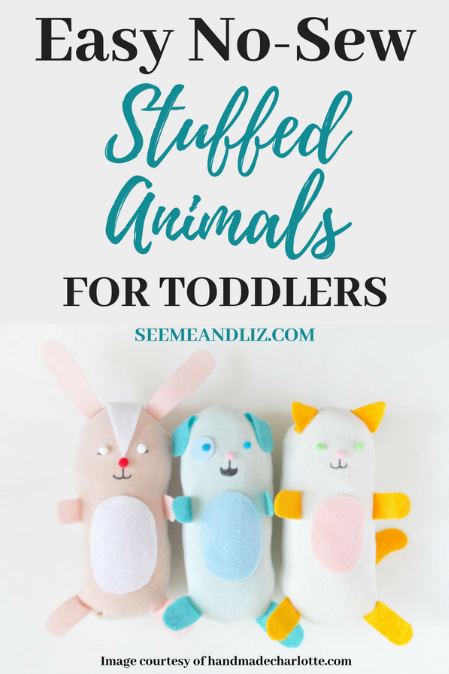
Recommendations on Stuffed Animals For Toddlers
Most children receive many (sometimes too many) stuffed animals when they are born. Your child may gravitate to one or more of these around his 1st birthday.
Just make sure that you have some accessible for him to explore.
Remember to model pretend play with some of the stuffed animals in your house, if your child is not yet doing this on her own.
Show your child how to “feed the puppy” or how to “dress the giraffe”. Children learn by watching and you are their best teacher!
And remember, be silly!
Put one of your shoes on Mr. Bunny and then say something like “uh oh, the shoe is too big” and see if your child will imitate you.
If your child is under 18 months, focus more on sounds. For example, repeat “uh oh” every time Mr. Bunny does something silly.
With an older child (2 years and up) focus on vocabulary words and adjectives, in this case “shoe” and “too big”.
Again, remember that not every child will be at the same language level at the same age.
So if your 2 year old isn’t saying many words yet, then don’t worry about the adjectives (e.g. big) just yet.
Focus more on core vocabulary, such as “shoe”.
Please share stories about your child and how they play with their favorite “stuffies”. I would love to hear all about them.
Happy Playing!

